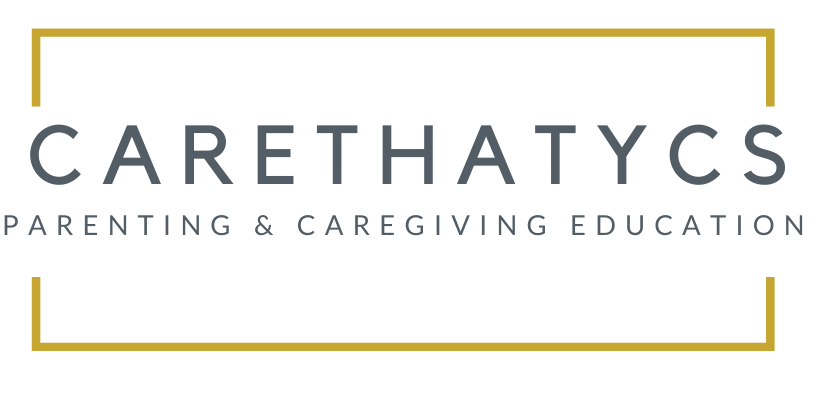Brachycephaly is a deformity in which the baby’s skull looks smaller than normal. Commonly known as a flat head syndrome, due, in the first months, the baby appears to develop a flattened head. Brachycephaly is the result of the premature combination of coronary sutures (fontanelles), congenital or external deformation (plagiocephaly), which can be a result of babies who spend long periods on their backs. Often, parents put the baby to sleep on their backs to prevent SIDs – sudden death syndrome – and shouldn’t be used for sleeping.
This deformation can be acquired, but it can also be congenital. It can happen even when the baby is in the uterus. This usually happens when there is not enough amniotic fluid to attenuate the baby’s movements in the mother’s belly. In multiple births, too, there is a risk of flattening the head, causing this deformation, as babies compress themselves against each other inside the uterus. Premature babies are more likely to suffer from this deformity, as their skull is not yet fully developed and may suffer deformation when being compressed at the time of delivery.
How is the development of the baby’s skull?
The skull is made of bone plates, which begin to form its structure when we are still a fetus, and it is only completed when we are children, a little older. Therefore, a baby’s skull can be shaped and can change its shape according to the pressure it undergoes on the head. That means, if a certain region of the head suffers enough pressure from something firm, because it has a soft bone, the skull may be flattened and, when this occurs, it tends to flatten out even more, as it has an opening in that region.
The suture is formed by fibrous tissue that joins the frontal bone and two parietal bones. It is possible to see when this junction occurs early in babies with Down Syndrome, but it can occur in cases of babies who don’t present this case. Many studies have indicated that skull shape is a racial issue. Even classified anthropologically with the following terminologies:
Dolichocephalic: elongated heads
Mesocephalic: moderate heads
Brachiocephalic: flattened head
Each of these classifications being a racial element, as you can see.
What are the main clinical features of brachycephaly?
You don’t have to worry if your baby has a flattened head since brachycephaly isn’t classified as a pathology, but as a deformation, that over time can be corrected. There are two types of flattened skull deformation: plagiocephaly and brachycephaly. In this case, plagiocephaly is the most common occurrence, in which one side is more flattened than the other, with an asymmetrical and distorted appearance. We can see when this flattening occurs through the vertex that is high and without symmetry, in addition to the eyes and ears being misaligned. Brachycephaly, on the other hand, is when the back of the skull is flat, the head looks wider but symmetrical.
How is brachycephaly diagnosed?
Brachycephaly can be diagnosed without any complex method, only with the observation of the specialist if the skull has suffered any longitudinal shortening, leaving the back region of the head flat, wide, and with short sides.
And how is the treatment?
In the milder cases of plagiocephaly or brachycephaly, it is very possible that no specific treatment is necessary and the head can be corrected naturally over time. However, there are also therapeutic helmets, which improve the symmetry of the baby’s head but are only used in the most severe cases and with a medical prescription. It is also important to note, these helmets only have effects when the baby’s skull is still malleable, that is, until about the first 14 months of life. Although it is still a controversial method among specialists when it is used early, it is ideal to make the correction until 6 months of age, and together with a physiotherapist, to get good results. In the most severe cases, the correction can even be surgical (craniectomy), everything will depend on the diagnosis, and as soon as treatment is started.
Mothers can take some precautionary measures such as: during pregnancy, it is important to encourage the baby’s movement and exchange of positions. After birth, caregivers must frequently encourage their babies to move their heads to both sides, by placing toys in different sides during play, and paying attention when the baby sleeps to see if they have developed a favorite side, in which case, you should also make an effort to have their heads turned evenly on both sides throughout the day.

